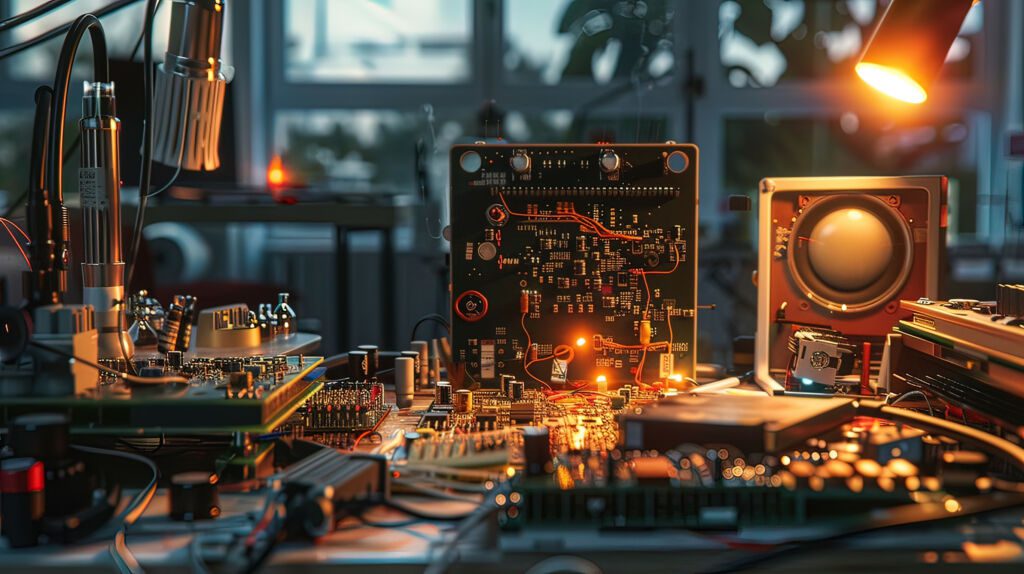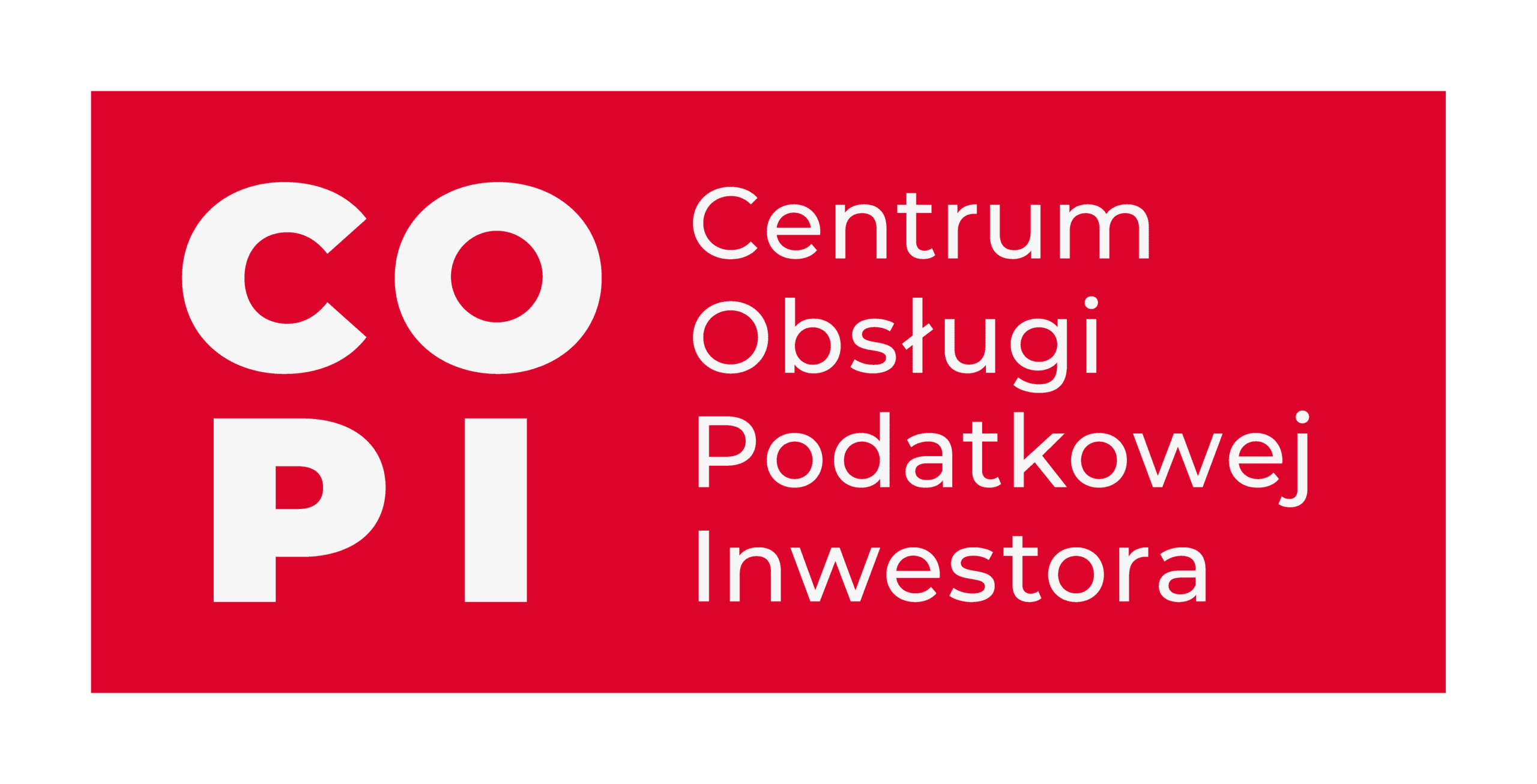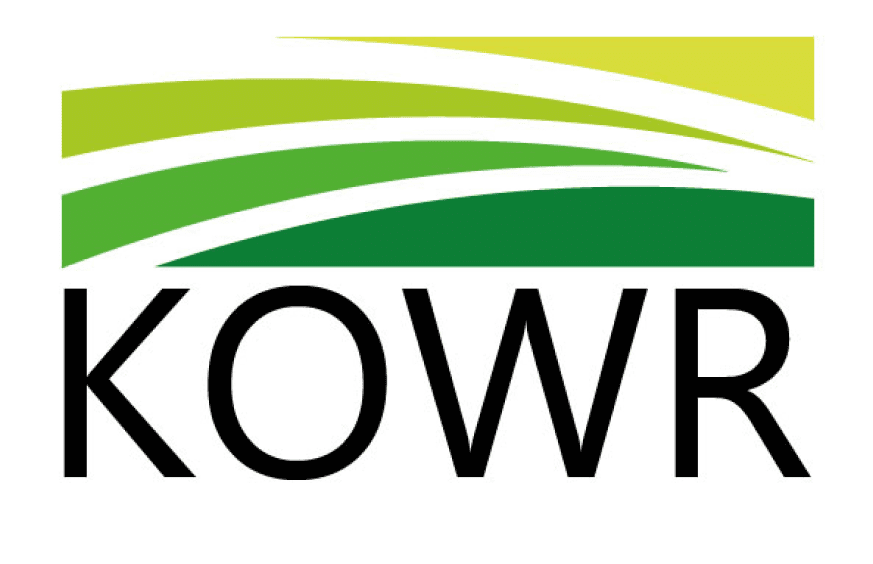Poland’s electronics exports
21.05.2025
Although 2024 did not bring any breakthroughs, the electronics sector in Poland is not losing momentum. Companies are investing in modern technologies and looking for new markets. Electronics exports have a chance to rebound in the coming months.

The value of retail sales of consumer electronics in Poland – including audio/video equipment, household appliances and mobile devices – amounted to over PLN 44 billion in 2024. The increase was symbolic, only 0.3 percent year-on-year. However, the sector did not experience a slump, but rather adapted to the new economic realities – high inflation, rising production costs and shifts in consumer demand
The slowdown also affected foreign trade. According to the Polish Central Statistical Office, the value of total exports from Poland in 2024 fell by 0.8 percent compared to the previous year. Our largest trading partner, Germany, imported 5.6 percent less from us than in the previous year.
Export of electronics: more advanced technologies
Despite the general decline, electronics exports have not lost their importance – on the contrary, the share of high-tech products in the export structure is growing. In 2023, the value of exports in this category reached EUR 33.8 billion, which means an increase of 6.8 percent compared to the previous year and accounted for 9.6 percent of Poland’s total exports.
Between stagnation and modernization
According to the data contained in the report by the Progres Group, the Polish electronics sector currently employs about 63,700 people. Despite the decline in orders, companies are not significantly reducing employment. Instead, they are investing in automating and digitizing processes – from quality control to AI-powered customer service.
The future of the sector is clearly moving towards digital transformation. According to the European Commission’s report, Poland plans to allocate as much as EUR 12.4 billion (or 1.6 percent of our GDP) in 2024-2025 for the development of digital infrastructure, including 5G networks and support for the professional electronics industry.
Bottlenecks: HR and supply chains
One of the main challenges faced by electronics exports remains the availability of qualified employees. The problem affects both engineers and production line operators – especially in regions with low unemployment. In 2024, companies from this industry reported difficulties in filling positions such as service technicians, quality controllers and test engineers.
At the same time, companies are struggling with disruptions in logistics. Extended transport times (by up to two weeks) and rising container prices are the result of conflicts in the Red Sea region and geopolitical tensions. This directly affects the ability to fulfil export orders on time.
New requirements: ESG and environmental responsibility
More and more companies in the electronics industry today operate in a regulatory environment that enforces not only technological innovation, but also social responsibility. ESG (environmental, social, governance) requirements are becoming a real criterion for assessing a business partner on the European market.
Many companies implement supplier audit procedures, counteract exclusions in production teams and try to reduce the impact of their operations on the environment – for example by investing in recycling and industrial filters. These solutions are not yet common, but the requirements of large customers (e.g. in the automotive industry) mean that Polish entities must also adapt to them.
Export of electronics and the SME sector
Although the electronics sector is mainly associated with large corporations, small and medium-sized enterprises in Poland also play an important role in exports. Data from the report of the Polish Agency for Enterprise Development (PARP) on the professional electronics sector indicate that SMEs are responsible for a significant part of the implementation of innovative solutions in industrial, medical and defence electronics.
Smaller companies often specialize in niche products: measurement systems, control and measurement systems, control modules or electronics used in industrial automation. As a result, they are more flexible, implement changes faster and adapt more easily to the changing market environment.
Time for new markets and new strategies
The year 2025 could be a turning point. Market experts expect a recovery in consumer demand and new investments in the domestic high-tech industry. More and more Polish companies are exploring the possibilities of exporting electronics to non-European markets – to Central Asia, the Persian Gulf countries or Sub-Saharan Africa, where the demand for industrial equipment and electronic components is constantly growing.
The EU’s “open strategic autonomy” (OSA), which promotes the shortening of supply chains and the relocation of production to member states, is also conducive to strengthening the position of Polish exports. Poland, with its good infrastructure, skilled workers and experience, has a chance for long-term growth.
Sources:
- PMR Market Experts – Poland’s electronics market: stabilisation in 2024 and hopes for dynamic growth in 2025
- The Polish Chamber of Commerce (KIG) – Polish exports in numbers – analysis of the latest data
- The Polish Development Fund (PFR) – Polish Innovation – October 2024
- The Polish Agency for Enterprise Development (PARP) – Professional electronics, microelectronics and photonics sector in Poland
- CRN Polska – PLN 22 billion of Polish electronics exports
- Komisja Europejska (European Commission) – Digital Decade Country Report: Poland 2024
- Asselems – Electronics Manufacturing Industry Trends for 2024
- Grupa Progres – Report 360. Electronic Market in Poland
- Everything
- News (304)
- Events (173)
- Get Support (83)
-

DIGITEX SP. Z O.O. SP. K.
IT and telecommunication equipmentShow allShow more Show lessDigitex is a leading Polish manufacturer of integrated public warning and emergency communication systems. For over 40 years, we have developed advanced technologies for digital alerting, mass warning and notification systems, IP/VPN-based communication and DSE electronic sirens. Our cutting-edge, scalable solutions support public administration, crisis management, civil defence, fire brigades, military and critical infrastructure operators in Poland and in over 20 countries worldwide.

JULIMEX SPÓŁKA Z OGRANICZONĄ ODPOWIEDZIALNOŚCIĄ SPÓŁKA KOMANDYTOWO-AKCYJNA
Fashion and textilesArticles of apparel and clothing accessoriesTextiles, fabrics and articles thereofShow allShow more Show lessJulimex is a leading brand in shapewear and lingerie accessories. Every product is designed and manufactured with great care, attention to detail, and a deep understanding of what women truly need. How do we know their needs? We listen. We stay close to our customers, follow global fashion trends, and continuously evolve to provide solutions that support women in their everyday lives.

BUS-CENTER TOMASZ GAD
Automotive industryShow allShow more Show lessBus-Center is a Polish manufacturer operating since 2002, specializing in premium minibus conversions on Mercedes-Benz Sprinter and Iveco Daily base vehicle. We deliver EU-homologated coach, shuttle, school and VIP configurations, offering high-quality craftsmanship, durability and tailored solutions for transport operators across Europe.
-
 Event
EventSolar Energy Expo 2026
Solar Energy Expo is Poland’s largest renewable energy industry trade fair
 Event
EventPolish Logistics Day
The Embassy of the Republic of Poland in Prague cordially invites you to participate in the “Polish …
-
 Institution
InstitutionThe Investor Tax Service Center
The Investor Tax Service Center is a unit operating within the Ministry of Finance
 Institution
InstitutionPolish Investment and Trade Agency (PAIH)
The Polish Investment and Trade Agency (PAIH) is the partner of first-resort for entrepreneurs when …
The Export Promotion Portal uses cookies to make it easier for users to use the website and for statistical purposes. If you do not block these files, you agree to their use and saving in the memory of your computer or other device. Remember that you can change your browser settings to block the storage of cookies. More information can be found in Privacy Policy and Terms and conditions.







